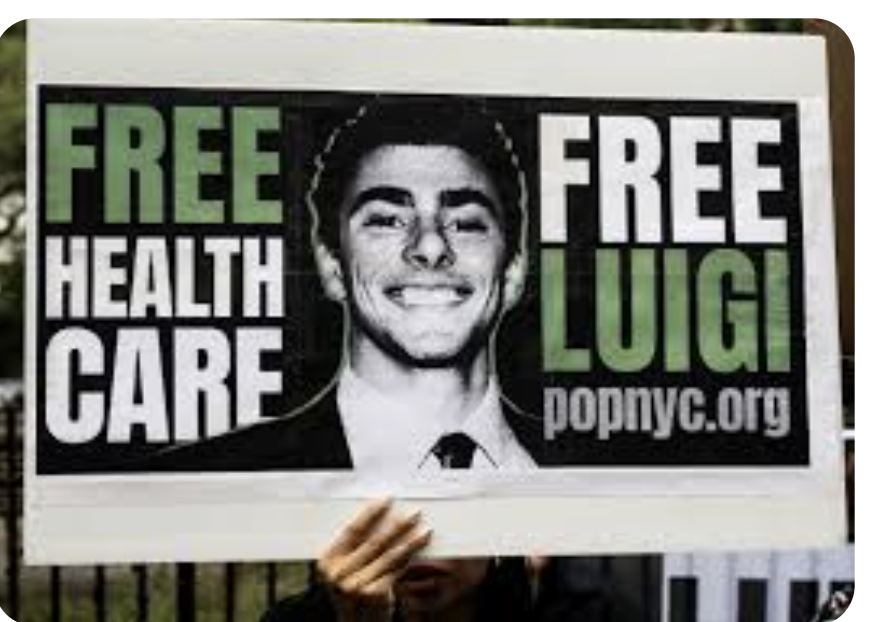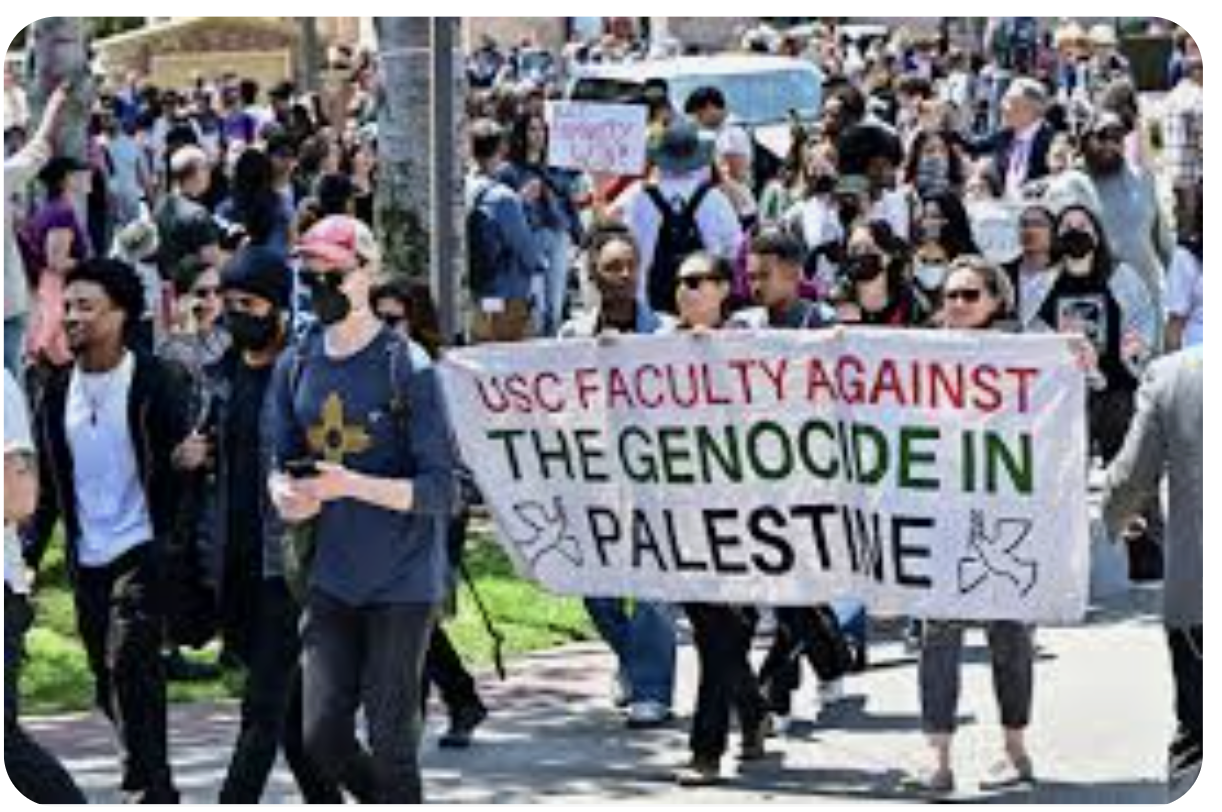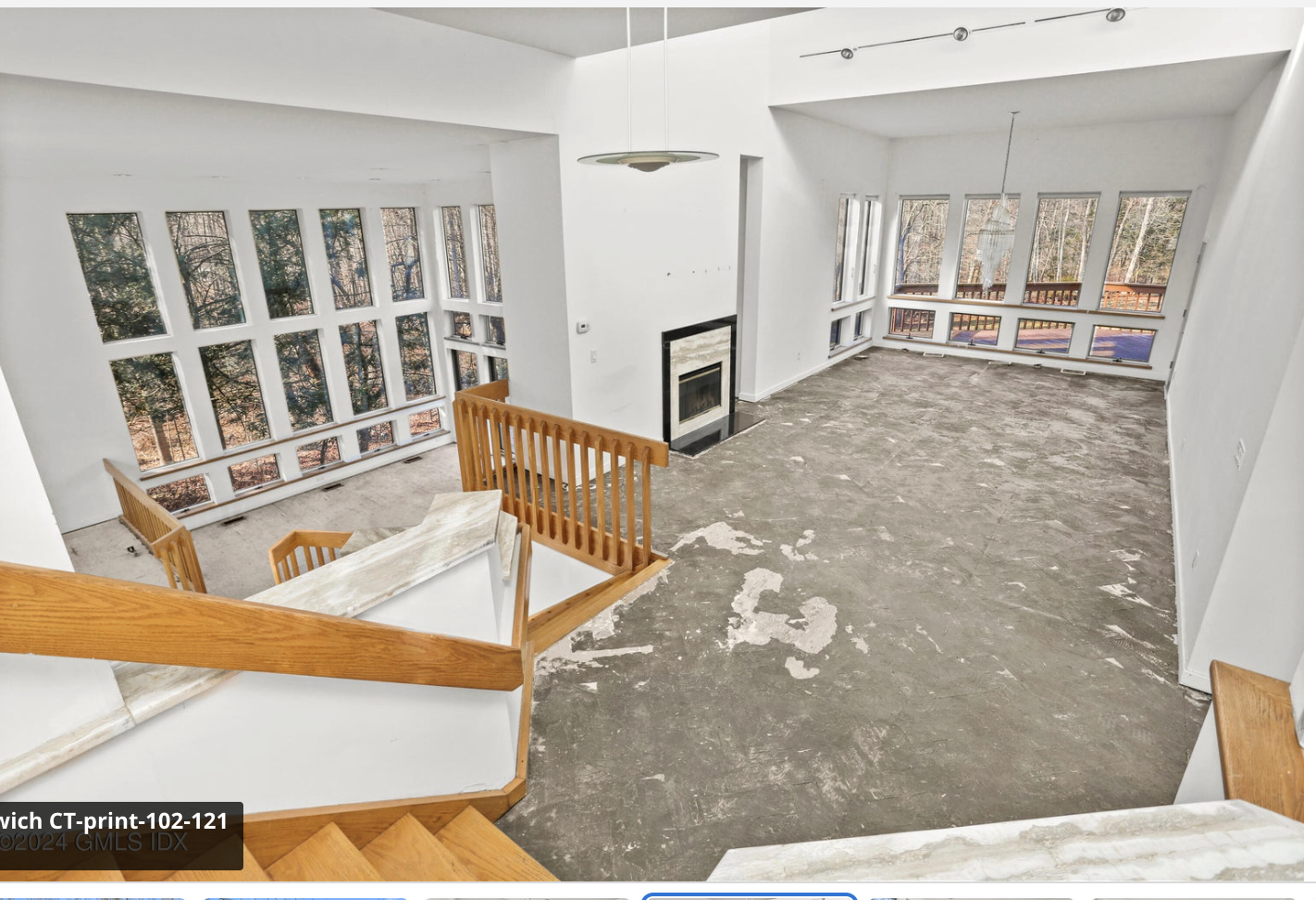This is exactly what I'm talking about: Twitchy's editor's post of yesterday now looks as ridiculous as I feel
/Side-by-Side Screenshots Show the Difference Between the Evil Right and Tolerant Left After Someone Dies
Sam J. | 10:20 AM on December 15, 2025
If we had a nickel for every time the Left projected their own thoughts, ideas, beliefs, and BEHAVIORS on the Right, well, we'd have a buttload of nickels. Honestly, someone smarter than us once said that if the Right were truly as evil and dangerous as the Left would have us believe we are, things would be much different and not at all good for the Left.
For example, each side reacts very differently when someone they disagree with politically dies.
When Charlie Kirk was assassinated, people on the Left celebrated. It's true. Even though he was murdered in broad daylight for his beliefs, they cheered. Hell, they're still cheering when they take breaks from harassing his widow.
And now that Rob Reiner and his wife have been killed, we once again see how very different the two sides are.
[The X post she’s referring to has now been taken down - probably because its author realized that his claim to a difference between us and them “was no longer operative”]
Very different responses to the death of people that some have disagreements with… pic.twitter.com/WHttTG18mk— Caleb Hammer (@sircalebhammer) December 15, 2025
Now, if we're being fair (and we are all about fair), we must admit we are seeing some posts on the Right that are less than complimentary of Reiner, BUT the overall feel is one of sadness and prayer. After Kirk was assassinated, the entire vibe on the Left was one of joy.
At the heart of each party is respect or disrespect for life.
It's as simple as that.
Your PR Primer on How to Behave When Someone Dies Without Being an Insensitive Jerk
Worth reading in its entirety — Pinsker’s good — but for those with short reading attention spans, here are its essentials:
Stripping away the humanity, the PR cost of Trump’s Truth Social post is that it dulled the bright line that (briefly) separated the evil, vampiric celebrations of leftists when Kirk was murdered from the rest of us. So many liberals danced in the streets when Kirk was assassinated — while everyone with a heart recoiled in horror. Had this bright line held, it would’ve become yet another branding distinction between conservatives and liberals: Conservatives don’t celebrate murder; liberals do.
With one Truth Social post, we forfeited a huge hunk of the moral high ground.
I don’t want to overstate it: This, too, will pass. Trump’s post isn’t the end of the world, nor will it be the end of his presidency. Like his 2015 comment about John McCain getting captured, it’ll quickly fade from the frontpage, tossed atop the ash-heap of Trump’s roaring id. Today, it’s the topic du jour; tomorrow, it’ll be yet another example of the president’s plainspoken, say-it-like-it-is, no-punches-pulled persona.
This is who Trump is. When we voted for Trump we got the whole package — the good, the bad, and the ugly.
His Rob Reiner post was ugly.
Come hell or high water, Trump is gonna be Trump. We know this. (And for the most part, we love this.) The good FAR outweighs the bad and the ugly, and it’s not even close: From securing the border to stopping wars to ending the Iranian nuclear threat to retaining the tax cuts to killing DEI to lowering inflation to resurrecting the U.S. economy, it’s been an extraordinarily successful first year of his second term.
More of that, please!
But for PR purposes, it’d be better if he limited his dancing to that gorgeous new White House ballroom he’s building — and not on the graves of his political enemies.












